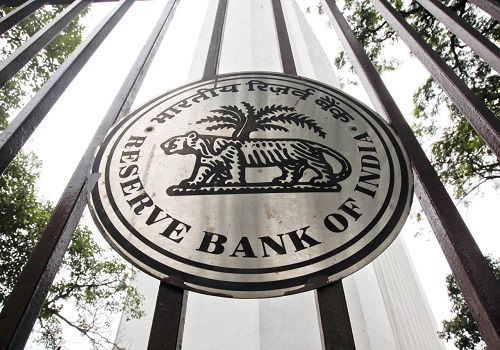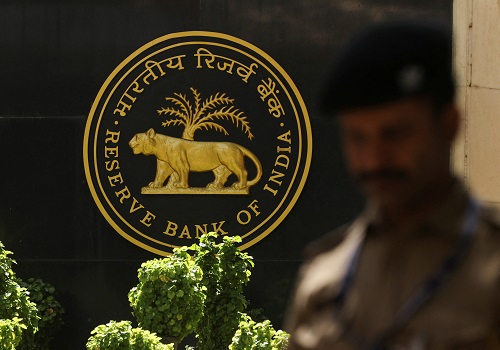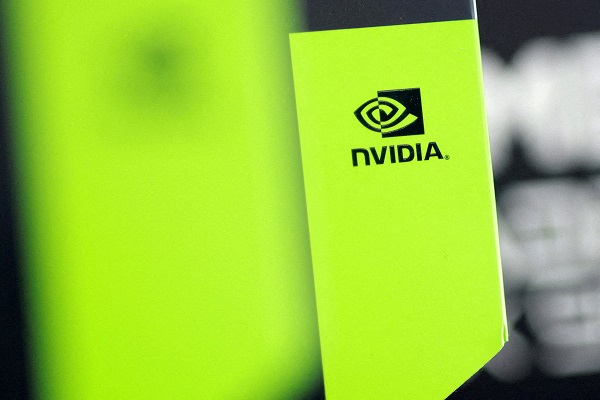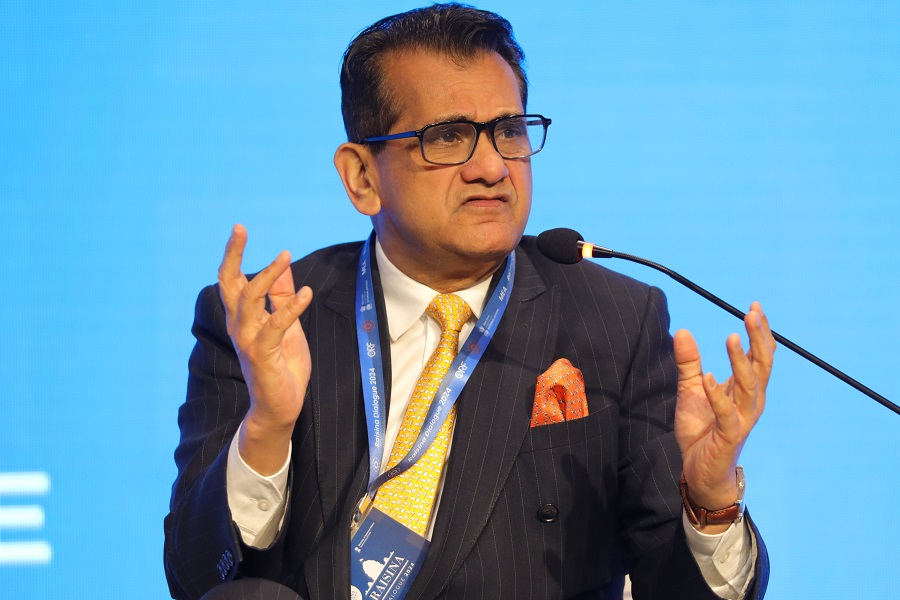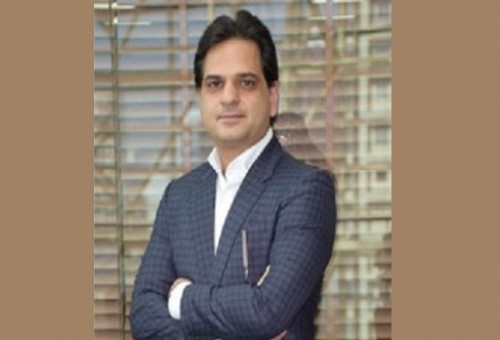Overcome short-term downside risk with a long-term portfolio - Quantum Mutual Fund

During this time when markets have been seeing a correction postCovid Crisis in 2020,investors may be having concerns regarding how they can overcome the downside pressures and how they position their portfolios. To shed light on these concerns, Quantum Mutual Fund held a mega webinar with CIO Chirag Mehta and Fund Managers Pankaj Pathak, Ghazal Jain, and Sorbh Gupta who shared the macroeconomic backdrop and outlook for Fixed Income, Gold, and Equity asset classes respectively.
“Global commodity prices havegone through the roof. The prolonged Russia Ukraine war has accelerated inflation where supplies of certain commodities like crude, aluminium, or agricultural commodities have been hampered.This hasforced central banks to increase interest rates and remove the accommodation that they had since the Covid crisis”, explained Chirag Mehta, CIO, Quantum Mutual Fund.“Inflation is impacting corporate profitabilityand that pressure is veryevident and is reflected in the stock markets.If you look at the Indian landscape, we have seen a rise in inflation above the RBI’scomfort level of 6% and therefore RBI is forced to increase the interest rates. The self-sufficiency in food supplies has helped us shield much of the inflationary pressures.Given that the rate hikes may be gradual in India, there should not be any substantialdisruption in pickup inactivity,especially for sectors like real estate and IT.Government capital expenditure is likely to increase given the higher income tax collections which will lead to an increase in economic activity, observed Chirag.
Chirag then shared views on the increase in outflows,he said, “During periods of interest rate hikes, usually FPI flows tend to moveout and this time is no different. We have seen outflows of about$16 billion, at the same time local domestic investors have pumped inclose to $12 billion and that has lessened the impact of outflows.”
“We think recovery though delayed will continue. Therisk to this cyclical uptickremains if the inflation persists which could probablyimpact the consumer discretionary spends. Extended war can disruptthe supply chain and thecommodity prices will keep inching higher and therefore force central banks to act more aggressively.A weaker than expected monsoon could also impact agricultural output and lead to more stickyinflation. We suggest investors diversify their investments across asset classes using the12:20:80 asset allocation strategy that works well in respect of the market conditions - be it the globalfinancial crisis,Covid crisis, or the market fluctuations we have seen post-Covid,” explained Chirag.
So, what the strategy means is that 12 months of your money should be kept safe in avenues like aLiquid fund scheme because it does not take any credit riskand the rest of the money should be split betweenequity at 80% and gold at 20%.Within each of the buckets, you need todiversify.For example, in the equity bucket, you need to diversify across different styles and market cap,” concluded Chirag.
Pankaj Pathak then spoke at length about the fixed income outlook,he said, “The US Fed has been very hawkish - talking aboutlarge rate hikes in this year and the next andalso has plans to unwind the balance sheet which means they're going to withdraw liquidity from the financial markets. This will have an impact across the globe and across all asset classes.In India also, theRBI hashikedinterest out of turn in May..They have also reduced the liquidity by hiking the CRR. Butstill, in absolute terms, liquidity is much higher than what we had before covid and there is a possibility that they willcontinue to withdraw liquidity and continue to hikethe repo rate.There is also ademand-supply imbalance that can impact the bond market. If you see the budget the Government has presented in February, they are going to borrow Rs.15 Lakh crores from the market. Goverenment’s market borrowing was close to Rs. 7 lakh crore in FY20. So the bond supply has almost doubled in two years. However, demand can't increase at that pace. In the last two years, RBI was a big buyer in the bond market. RBI’s capacity to buy will be limited this year and that creates an imbalance in the debt market. On the external front, we have some comfort due to high Forex reserves of close to $ 600 billion which RBI has built over the years.
On market reaction, Pankaj said, “We had a 40 basis point rate hike but bond yields are much higher than what they werelast year as the markets have triedto pre-empt the policy action anddiscount it in prices.Much of the rate hike is already discounted in bond yieldsand thus bonds will be less sensitive to actual rate hikes.”
“If you are investing in the fixed income space,and if you are hunting for higher return make sure you have ahigher holding period of at least more than three years so that you can ride through thisvolatile period. The portfolio yield of our liquid has been very close to the reporate. If youare a conservative investor and have a shorter holding period you should stick to liquid funds. Use liquid funds to build your emergency corpus.,” concluded Pankaj.
Gold allocation was the next talking point of the mega webinar wherein Ghazal Jain, Fund Manager,Alternative Investments said, “In the 12:20:80 strategy, you must have seen we have allocated20% to gold.We suggest that you build allocation to gold through financial instruments like gold ETFs. Eachunit of a Gold ETF is backed by 24 karats physical gold and gold ETFs do not have any makingcharges or premiums that are associated with physical gold.Also, you don't have to worryabout purity, storage, or insurance of gold,” explained Ghazal.
Further Ghazaladded, “When it comes to investing through Gold ETFs, they are traded on the exchangeand hence are liquid.You can buy and sell your holdings at any time close to the market price. So, in terms of purity, price efficiency, liquidity, and even regulation Gold ETFs form a good investment avenue. If you do not have a DMAT accountand prefer the SIP route of investing, you can also consider the GoldSavings fund which investsinthe underlying Goal ETF.
Ghazal later discussed the Gold outlook, “So real interest rates in the US are adominant driver of international gold prices.Real interest rates are nothing, but nominal interest ratesadjusted forinflation.So currently, inflation in the US is at multi-year highs of about 8- 8.5%and nominal interest rates on the government's ten-year bond are close to 3%.This means realinterest rates based on current inflation numbers continue to be deep in the red close tonegative 6%.
This is ideally a great environment for gold because historicallygold tends to do well when real interest rates are negative because in that scenario the opportunity cost of holdinggold is low and it helps preserve value but of late, we have seen gold pricescooling down in response toFed's aggressive pivot wherein they are raising rates to coolinflation down.As a result, we're seeing real rates on US governmentbonds which are based on future inflation expectations have turned marginally positive. However, ifinflation proves to be stickier and then we can see some strength in gold prices again.Gold prices have been moving upand down in a range for some time now.So, on the one hand, we have a hawkish monetary policy world over led by theFed and you know this has resulted in higher interest rates and a stronger dollar which are both negative for gold.”
When asked about her expectations from the yellow metal owing to major macro indicators, Ghazal said, “We also have a few tailwinds.So firstly, we have the prolonged Russia Ukraine war and secondly, because of slowing growth, tighter monetary conditions, and risk aversion, you're seeing a lot of volatility in the equity and debt markets this also generally tends tosupport investment demand for gold.The third tailwind of course is inflationwhich is at multi-rocket highs.Gold has a proven track record whenit comes to periods of high inflation it generally helps investors preserve purchasing power so this too will support interest in gold.The fourth tailwind isthat higherinflation and high-interest rates might lead toa negative impact on consumer demand, consumer sentiment, and even corporate margins, so risks ofrecession are on the rise.And lastly,risingFII outflows have weakened the rupee which gives domestic gold prices a push.So, there are a lot of conflicting factors that’s going to lead to a push and pull in prices.”
“Gold has an inverse relationship with risk assetsand often negatively correlates with a strong global economy and henceproves as a good portfolio diversifier,” concluded Ghazal.
Sorbh Gupta, Fund Manager of Equity shared views on Equity outlook, he said, “Equity is the largest block is the growth block of your asset allocation. Corporate profitability and valuationsare two of the biggest drivers of your long-term equity returns.So corporateprofitabilitypost-Covid because of the strong demand and lower costshas moved up very rapidly. We expect this to continue.While there would be one or two-quarters of a blip because of input cost pressures on certain sectors, overall, becauseof the cyclical uptick in the economy, we believe corporate profitability should continue to improve from here on now.Secondly, as ourearnings have started to normalize and off late markets have started to correct, we have seen valuation multiplesalso becoming more favorable last two-three months. To anchor your expectationson asset allocation from an equity standpoint, we have to look at India from a little longer perspective. If you look at India’sGDP growthin the last few decades, it has averaged close to 6-6.5% real GDP growth. If you add our average inflation which has been close to 5-5.5%, the nominal GDP that India has is close to11-12%. From a longer-term perspective, larger listed companies can grow a bit faster at 13%,and a smart portfolio with theability to pick good businesses at good valuations can give you a return of close to 15%. So, this is where your expectations from equity returns should be anchored around close to 15% percent from a longer-term perspective in India,”
Sorbh added, “Now what happens in an interest rate higher interest rate environment,PE is also as sensitive as a bond to higherinterest rates.Portfolios of stocks which have high PE tend to suffer a lot more than a low PEand this is where our portfolio positioning is helping.”
Regarding whether value style is back or not,Sorbh noted, “So between 2016 to 2019value had avery tough time because the conditions were opposite of what we had now.We had very little corporate earnings growth, but a lot of liquidity. Now it seems that the environment is turning in favourof valuemanagers.It's very similar to what happened between2000 and 2007-08 when growth was better, and liquidity wasless.If this continuesand the cost of capital continues to normalize, we'll see value doing much better than growth.”
Disclaimer: The views expressed here in this Article / Video are for general information and reading purpose only and do not constitute any guidelines and recommendations on any course of action to be followed by the reader. Quantum AMC / Quantum Mutual Fund is not guaranteeing / offering / communicating any indicative yield on investments made in the scheme(s). The views are not meant to serve as a professional guide / investment advice / intended to be an offer or solicitation for the purchase or sale of any financial product or instrument or mutual fund units for the reader. The Article / Video has been prepared on the basis of publicly available information, internally developed data and other sources believed to be reliable. Whilst no action has been solicited based upon the information provided herein, due care has been taken to ensure that the facts are accurate and views given are fair and reasonable as on date. Readers of the Article / Video should rely on information/data arising out of their own investigations and advised to seek independent professional advice and arrive at an informed decision before making any investments. None of the Quantum Advisors, Quantum AMC, Quantum Trustee or Quantum Mutual Fund, their Affiliates or Representative shall be liable for any direct, indirect, special, incidental, consequential, punitive or exemplary losses or damages including lost profits arising in any way on account of any action taken basis the data / information / views provided in the Article / video
Mutual Fund investments are subject to market risks, read all scheme related documents carefully.
To Read Complete Report & Disclaimer Click Here
Above views are of the author and not of the website kindly read disclaimer
